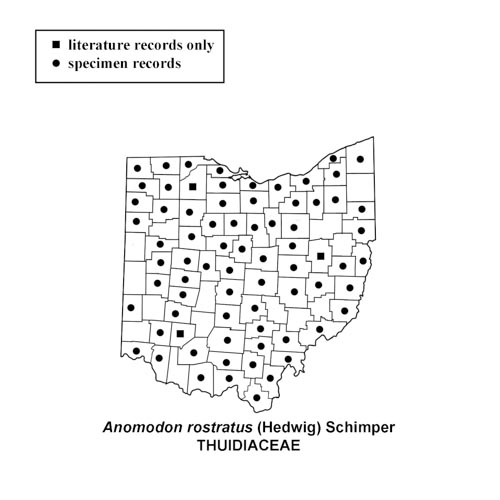Claopodium rostratum
(formerly Anomodon rostratus)
“yellow yarn moss”
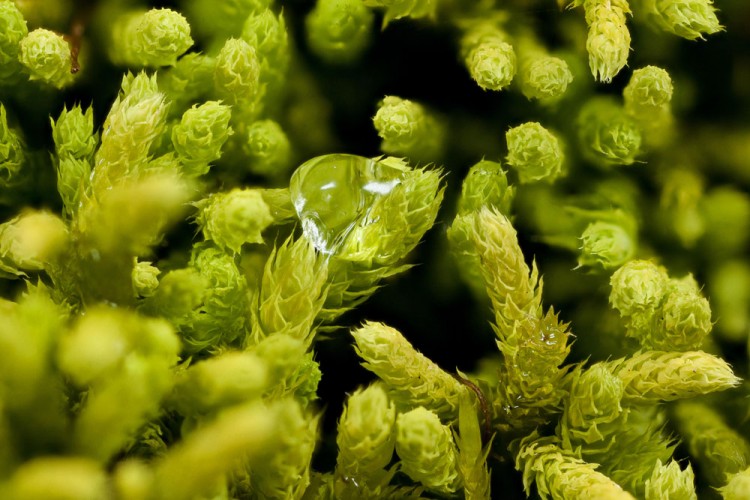
Anomodon rostratus. February 8, 2013. Delaware County Ohio.
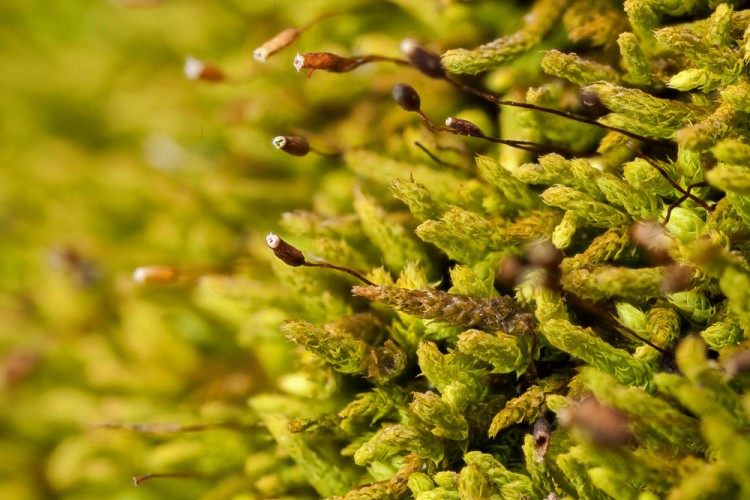
Anomodon rostratus. March 21, 2014. Delaware County, Ohio.
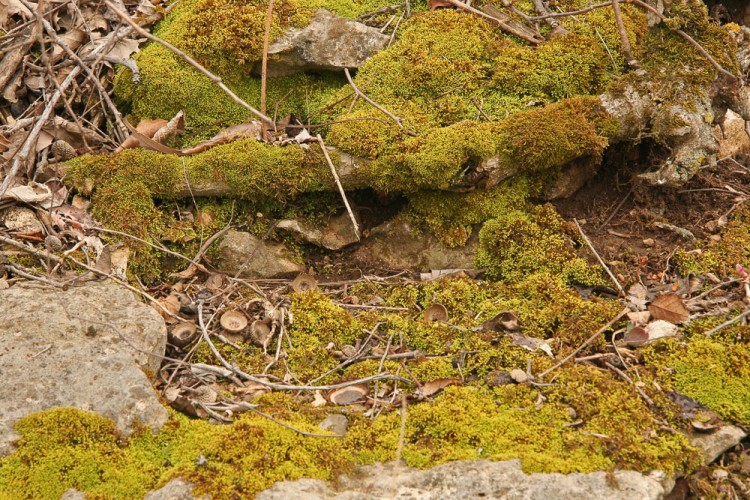
Anomodon rostratus habitat. March 16, 2008. Franklin County, Ohio.
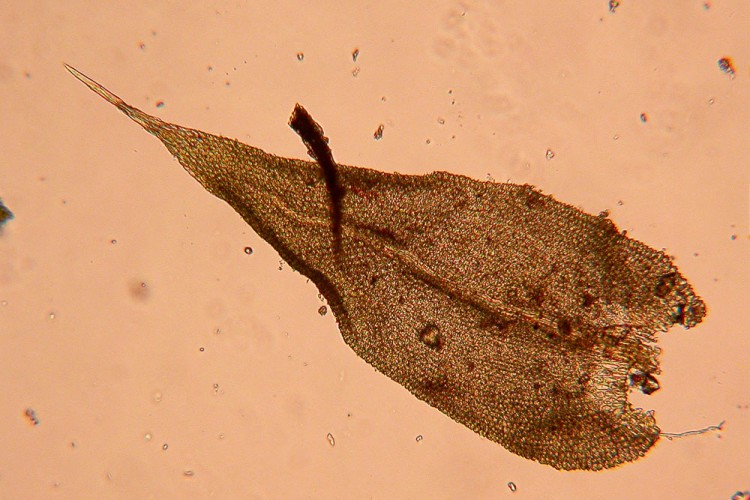
Anomodon rostratus leaf
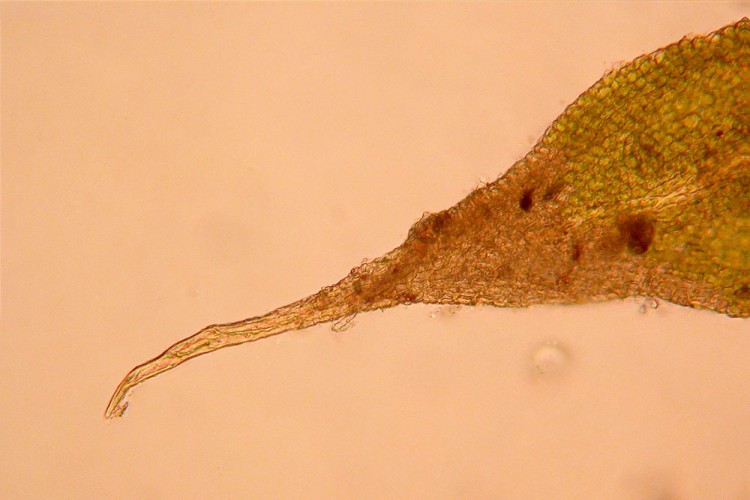
Anomodon rostratus leaf tip
How to recognize Anomodon rostratus: Initially this moss looks like it’s more common brother, Anomodon attenuatus, but each leaf has a long hyaline hair-point. These hair-points can be seen in the field through a good hand lens. The other characteristics of this genus, the single costa, pleuripapillose cells, and leaf decurrencies are the same.
Where to find Anomodon rostratus: It is found on calcareous sites such as limestone boulders and outcrops, and occasionally on tree bark at the base of trees or logs.
